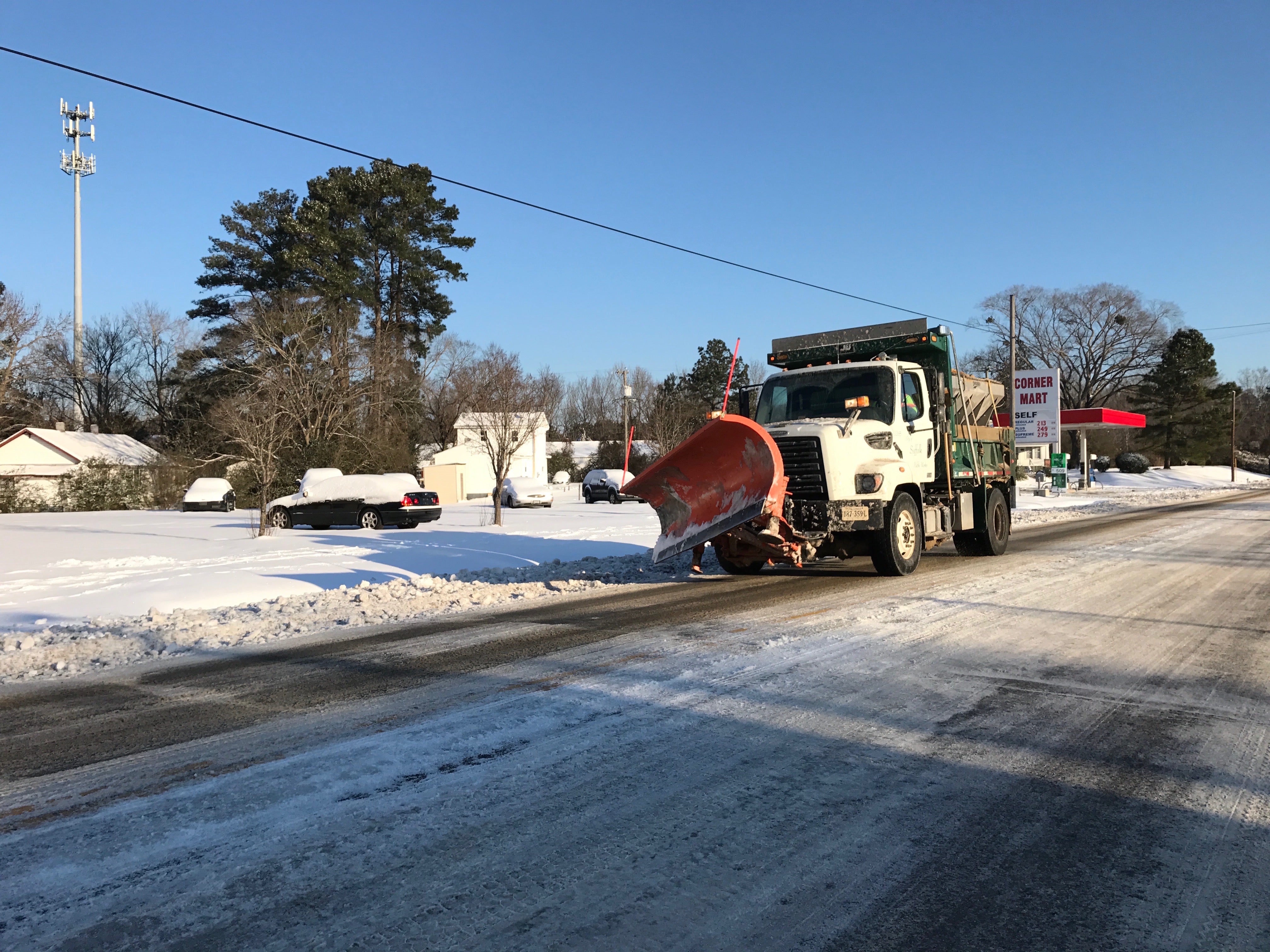Students go down on the farm, leave classroom behind
Published 12:00 am Saturday, October 29, 2005
During the past few days, about 1,000 second-graders from across Suffolk stepped out of their classrooms and into some farmlands.
The second annual Farm Day event was held at the Virginia Tech Research Farm on Hare Road Wednesday and Thursday, and the young visitors were given the opportunity to replace their desks with bales of hay, their teachers with farming employees, and their books with swine cages, horses and tractors.
Agriculture/Natural Resource Agent Rex Cotton explained America’s farming transition from mules to machines.
&uot;Tractors have provided farmers with the ability to produce food and fiber for over 100 years,&uot; he said, standing in front of a few huge farming vehicles. &uot;America has the most advanced agricultural equipment in the world. When we speak of agriculture, food comes to mind; but we must also be conscious of fiber for clothes. Cotton helps to make garments like sweaters, and the wool from sheep provides winter clothing.&uot;
The program, explained coordinator Tara Williams, combines science and social studies to give students some hands-on experience. The children made soybean necklaces and grain art, and everyone took home a miniature pumpkin.
&uot;Soil is material on the surface that helps in the growth of plants,&uot; said District Conservationist Jim Wright, who’d created several displays showing the different types of soil found deep below the earth’s surface. Students could crawl through a tunnel and learn more about various dirt products.
&uot;We’re trying to teach them to not build houses on poorly-drained soil, which is usually gray-colored,&uot; Wright said. &uot;Soil is the basic building point. It’s where everything starts.&uot;
Children were taught about materials that easily pollute the Chesapeake Bay, and the safe way to spray crops with herbicide and pesticides. A table was set up on peanut production. They met several pigs, horses and a calf – not to mention another animal with a slightly less-stellar reputation.
&uot;I’m showing them how the honeybee helps in pollination,&uot; said beekeeper Bill Bell. &uot;When bees fly from flower to flower, they get pollen on themselves, and carry it to crops, like cantaloupes, watermelons, apples and cotton. If they get an apple with three or four seeds, it means the honeybee didn’t do its job. If they get a cucumber with a bent tip, it means the honeybees didn’t do their job.&uot;
Before hopping back on the bus for the return trip to class, the students kicked back with an ice cream snack.
&uot;My favorite part was mostly seeing the horse, because I like to ride them,&uot; said Southwestern Elementary student Angela Scott, holding her small Jack-O-Lantern. &uot;I learned that pumpkins come in many sizes; but I just like to eat them.&uot;
&uot;Pigs are very funny,&uot; said Blaine Desmaris, also of Southwestern. &uot;I like how they snort and play. I learned that you can get many meats from them, like ham.&uot;
jason.norman@suffolknewsherald.com



